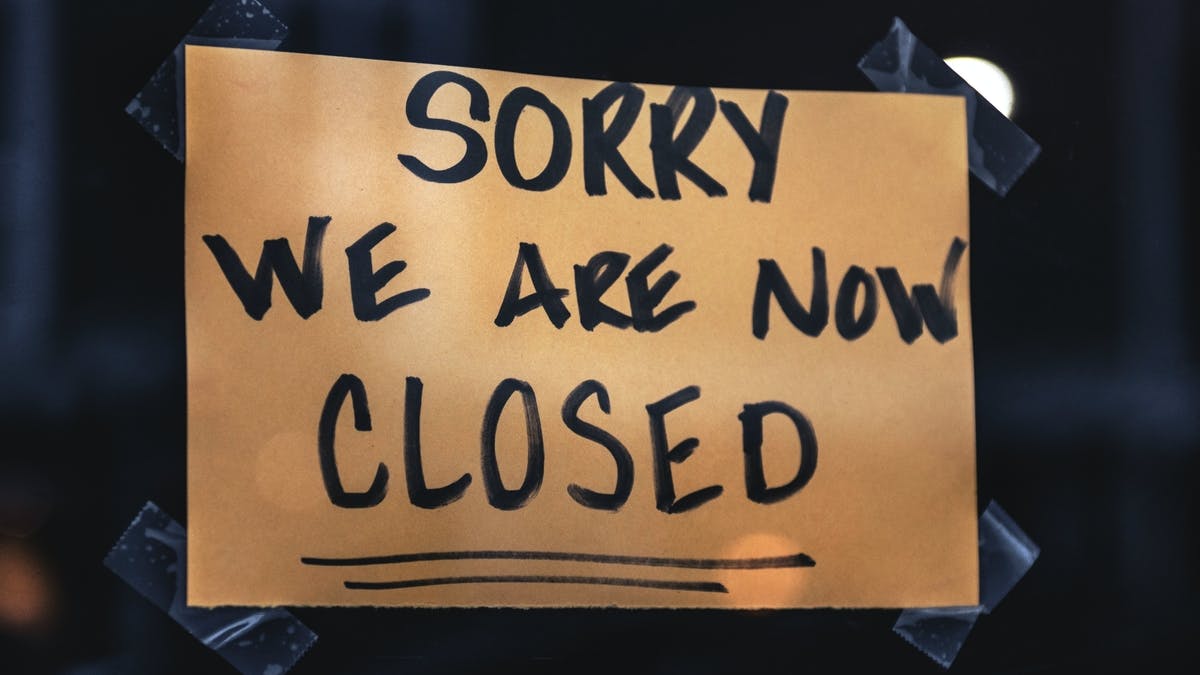Leadership coach Brad Giles reveals the mindset trap pushing Australian businesses to the brink.
What’s happening: Australian mid-market businesses contribute nearly 30% of private-sector GDP despite representing just 2.6% of firms, yet half fail within four years. External administrations surged 36% last year to over 11,000 collapses, with many failures driven by undisciplined growth rather than building sustainable operations, according to leadership coach Brad Giles.
Why this matters: Mid-market companies employ millions and drive innovation, making them critical to Australia’s economic engine. When owners chase growth for growth’s sake, existing problems compound faster, turning manageable challenges into catastrophic failures. The pattern mirrors global trends affecting mid-market businesses from the United States to Germany’s Mittelstand.
Australia’s mid-market businesses are collapsing at alarming rates, and the culprit isn’t always external market forces. According to leadership coach Brad Giles, many failures stem from owners chasing the wrong goal entirely.
Mid-market businesses may represent just 2.6% of all Australian firms, but they deliver almost 30% of private-sector GDP and employment, according to the ABS. Yet ASIC reports a 36% surge in external administrations last year, with more than 11,000 businesses collapsing. The ABS shows that only half of Australian firms survive beyond four years.
Giles, author of Bigger Isn’t Better, Better Is Better, argues that one of the most damaging patterns is the undisciplined pursuit of more.
“Owners convince themselves that bigger will make them safer. In reality, it multiplies existing problems, increases fragility, and pushes too many down the wrong path,” Giles says.
The psychology behind growth obsession
The pursuit of scale has three powerful drivers. First, bigger flatters the ego. More staff, more offices and more revenue are easy to count and sound impressive at networking events. Second, business media reinforces the illusion by celebrating fast-growth lists and revenue trophies. Third, society itself glorifies scale, from tallest towers to biggest stadiums.
“But these are expenses dressed up as achievements. They create the illusion of progress while distracting from the hard work of becoming truly better,” Giles says.
The danger lies in measuring success against a false scoreboard, one never designed to capture the health of owner-led companies.
How problems compound with scale
Every business faces drift, the gradual pull away from what made it successful. Teams slide toward politics and toxicity. Customers drift into indifference when leaders chase the next new thing. Offerings fade into mediocrity without constant improvement. Financials slip into unprofitability when left unmanaged.
When leaders chase growth for growth’s sake, drift amplifies. Problems that could be managed in a business of 20 staff become unmanageable at 50. A mediocre customer offering tolerated when small becomes a liability when scaled. Financial drift that was inconvenient becomes catastrophic.
“What could be managed in a business of 20 staff becomes unmanageable at 50,” Giles says.
National and global implications
The consequences extend beyond individual companies. Mid-market firms are Australia’s growth engine, employing millions and driving innovation.
The pattern isn’t uniquely Australian. In the United States, 200,000 mid-market firms contribute about a third of GDP and created more than two million jobs even through the financial crisis, according to the World Economic Forum. In Germany, the Mittelstand, celebrated mid-sized companies, form the economy’s backbone.
“Around the world, mid-market businesses are engines of growth, jobs and innovation. Yet in every country, when owners fall into the undisciplined pursuit of more, that engine is put at risk,” Giles says.
The alternative approach
The solution isn’t abandoning ambition but redirecting it. Building a better business starts with better teams, hiring high performers and building culture where performance compounds instead of fragments. It extends to better customers, focusing on those who stay longer, buy more and refer others rather than transactional clients who erode margins.
It requires better offerings, refining what the business can truly excel at rather than adding more products or locations that scale mediocrity. It demands better financials, treating money as a resource requiring discipline rather than a scoreboard.
“A business that supports health, wealth, wisdom, happiness and family gives owners the freedom they set out to find. Freedom does not appear by chance. It is something you design,” Giles says.
The lure of bigger remains powerful, feeding egos and creating illusions of progress. Yet for owner-led companies, the undisciplined pursuit of more magnifies problems and rarely delivers freedom. The alternative path builds strength that compounds over time and endures.
See how leaders are rethinking growth at evolutionpartners.com.au
Keep up to date with our stories on LinkedIn, Twitter, Facebook and Instagram.

